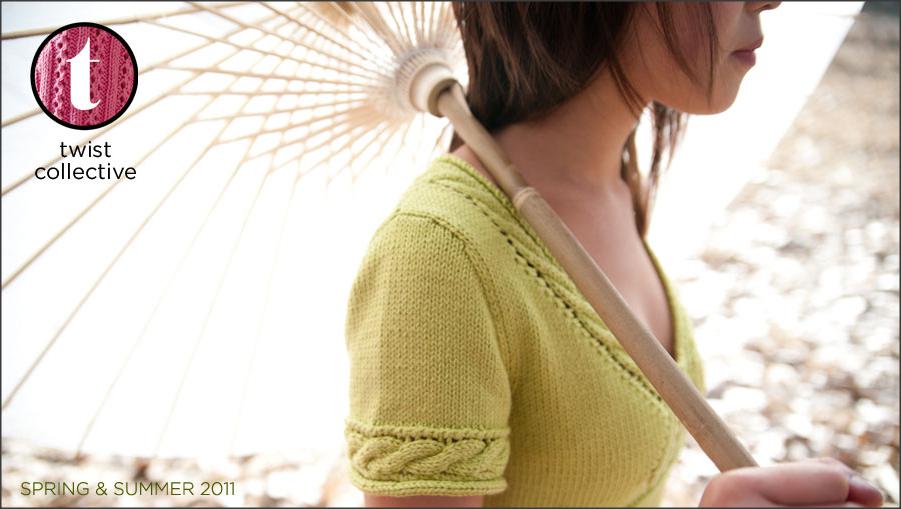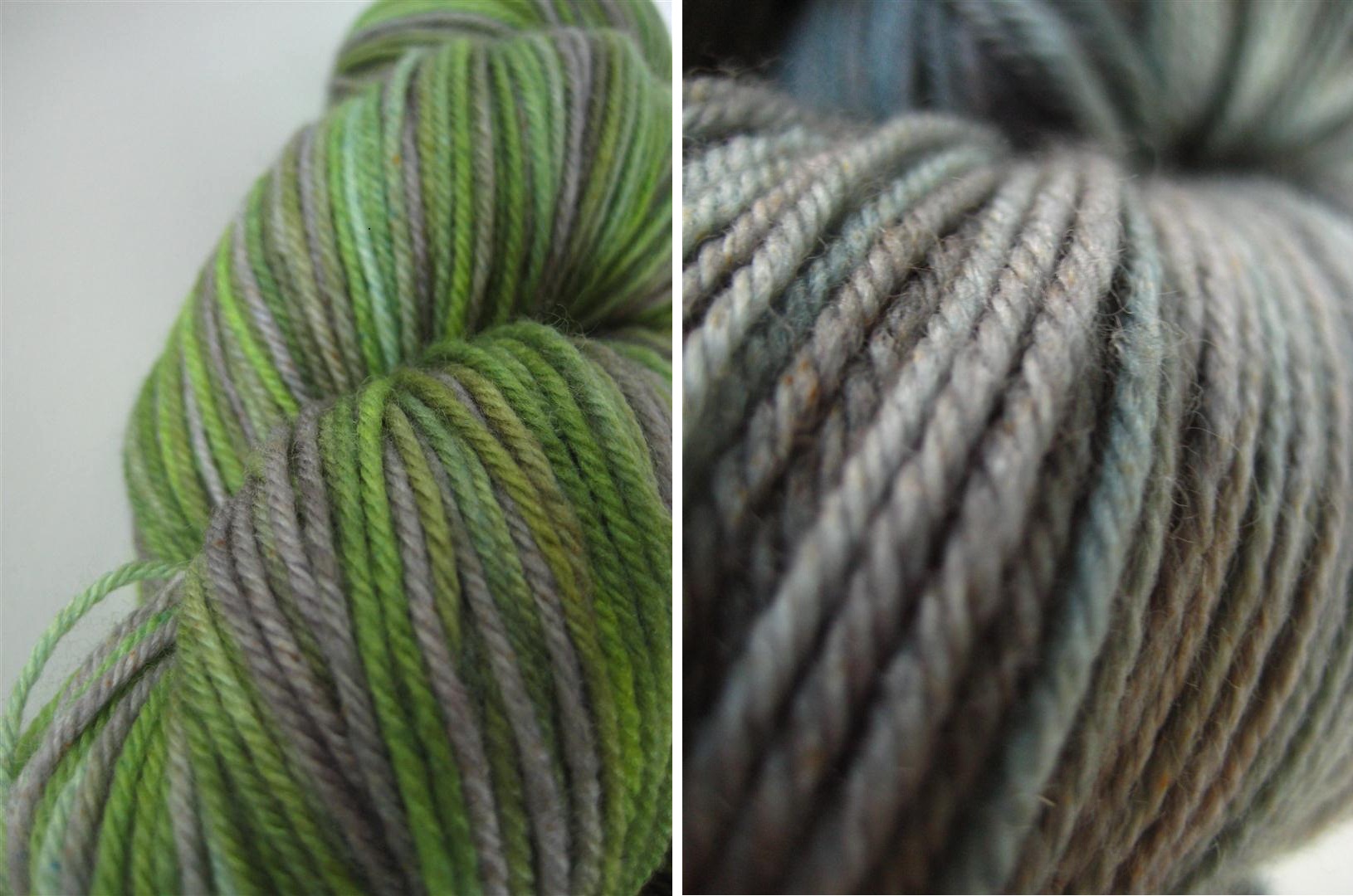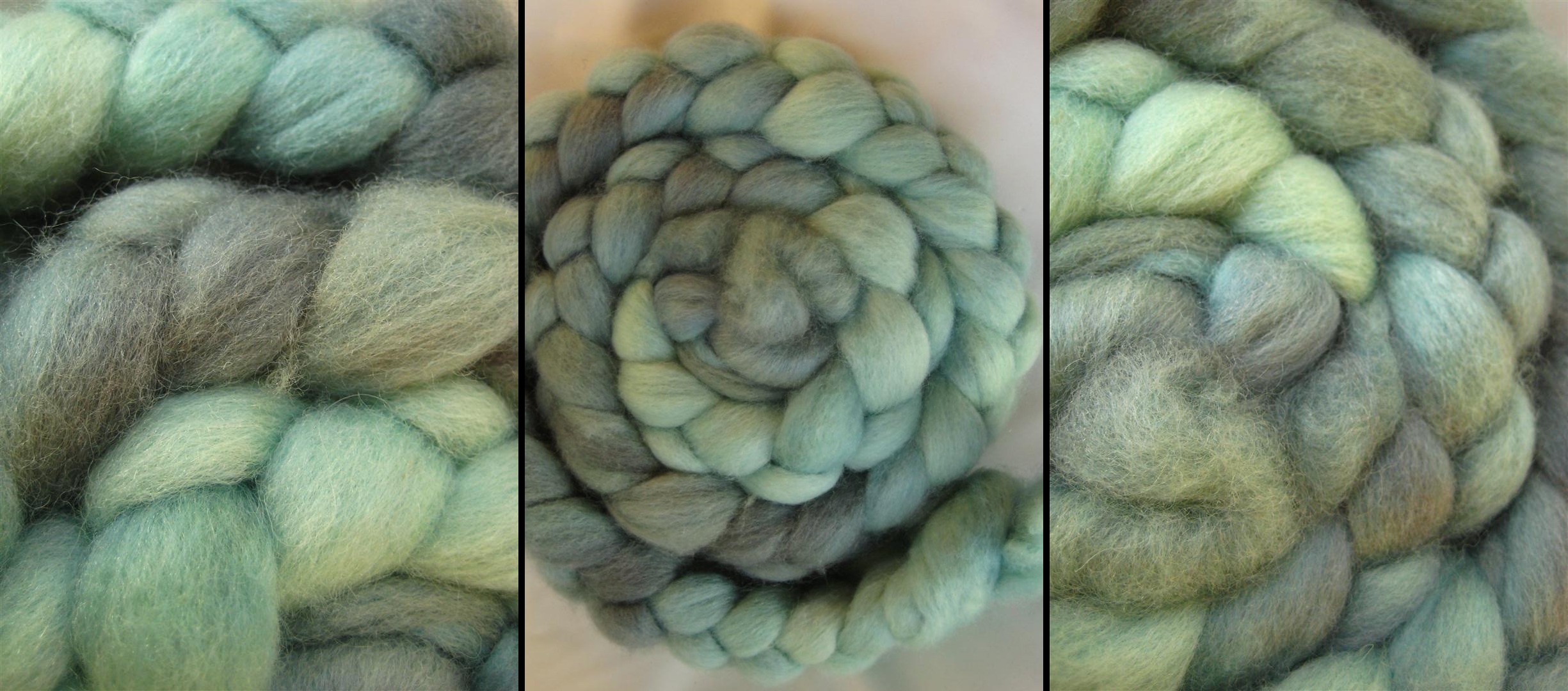There’s been a fascinating conversation going on over on Twitter. It started with a question that the ladies at Lorna’s Laces had been discussing, and it seemed simple enough. In fact, when I heard it, I thought instinctively that I knew the answer… Of course I knew the answer! It’s an easy question!
…Until I really began to think about it, and then I realised, I had no idea what the answer is. And it’s not easy — not at all. The question is:
What is the difference between an indie business and a corporate business?
Particularly when it comes to the crafting/creative industries, where is the line that separates the two?
Now, you’re probably doing exactly what I did, and thinking, “I know an indie business from a corporate business! It’s obvious!” And, maybe it is, but… I’ll tell you what, it’s a bloody hard thing to define when you actually try to do it.
When most people think of a corporation, they instinctively think of large office buildings or big factories but, in truth, almost any kind of business — even tiny ones — can be incorporated. All it really signifies is the way the business is structured for financial and legal purposes. A corporation might as likely be run out of someone’s spare bedroom as out of some glass-and-steel skyscraper.
So, I started out thinking that maybe it was the terms that were confusing, and I tweeted that maybe the difference was really between ‘professional’ and ‘amateur’… or was it ‘professional’ and ‘hobbiest’?
But that wasn’t right because, really, the nature of an indie business is that it’s… a business. And anyone seriously running a business, even a small one, is going to be beyond amateur, beyond hobby.
M.K. Carroll and Cathy (@glamsmitten) tweeted back with “Indie vs Industry?” and Ruth at RockandPurl suggested, “Mass-market vs Personal Touch”. And then M.K. asked, “At what point is something ‘mass-market’?” at the same time that I tweeted, “Is the keyword, ‘handmade’? Can something be both mass-market and handmade?”
I really thought I’d hit the nail on the head. I was feeling pretty pleased with myself, actually. Yep, the key was ‘handmade’!
And then M.K. replied, “Mass-market crochet items are ALL handmade. There is no machine-made crochet.” Damn! She was right! And further, “Couture uses a lot of handwork (e.g. ‘petits mains’) – it’s not mass-market.” And there was a picture of a Chanel dress being carefully stitched by hand.
Chanel is definitely corporate, at least in my mind. At one point someone asked if was about the ownership of a company… the difference between private companies and publicly traded ones? But then someone said that Lion Brand is a family-owned company. And I thought about a company I used to work for back in my “corporate” days — a huge, multinational company with tens of thousands of employees… which was entirely family-owned.
Huh! This was turning out to be a much, much more difficult question than I had first thought! And though the Twitter conversation continued on for some time, not one of us was able to come to a satisfactory answer. Was it the size of the company? Does having employees mean you’re not indie anymore? Or is it the amount of money a company makes? Or is it the intent of the company? What is ‘intent’ anyway, when almost all companies — large or small — are in business primarily to make money?
So, even though it feels like it would be an instinctively easy question to answer, it isn’t. How do we define the difference between corporate and indie? It’s much more thorny than it appears.
——————————————————————————————————-
That Twitter conversation was yesterday and, all day today, the question has simmered gently in the back of my mind. While I was in the studio dyeing, I pondered it, and it percolated while I packed up orders to go out. And at some point today, an answer bubbled up that started to feel a bit right. I’ve turned it over and over in my mind and, so far, it still feels right…
Is the difference between ‘indie’ and ‘corporate’ the extent to which the owner is involved in the making?
I’m thinking that a company stays indie so long as the owner or founder is regularly in the studio creating — even if it’s only for part of the time. When the owner moves out of the studio completely, and leaves the making entirely to employees… maybe that’s when a company crosses the line from ‘indie’ to ‘corporate’…? Can you imagine a company of 150 people where every single person spent as much time creating as they did in the office — would that make the company feel ‘indie’ even with so many employees? When the owner was right there in the studio with her sleeves up alongside everyone else? Maybe a company moves over to ‘corporate’ only when it allows most of its focus (and time) on the business side of things rather than the creative side.
So far, that answer feels right to me. But then, every answer I’ve come up with so far has felt right, and then turned out to be wide of the mark. What do you think? How do you define the difference between corporate and indie? I’d love to know, because I’m amazed by how difficult it really is!
















